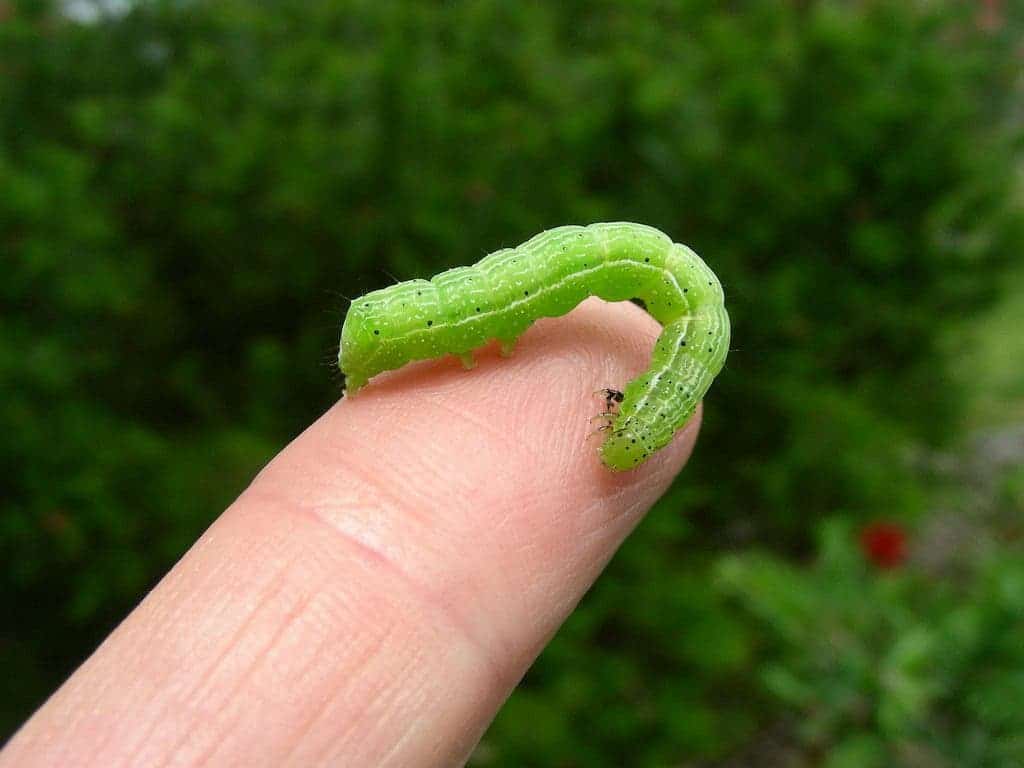In a paper published this month in Proceedings of the National Academy of Sciences, a group of scientists explain the process through which plants like mustard came to be – as it turns out, an evolutionary arms race with a caterpillar played a key role.

Some 90 million years ago, in the Cretaceous, the ancestors of these plants were being eaten by early caterpillars, so they found a way to evolve out of this conundrum: they started making chemicals called glucosinolates, something which bugs don’t really like. Chris Pires, a plant evolutionary biologist at the University of Missouri and one of the lead authors of the study explains:
“Most bugs don’t like it. It’s toxic,” Pires says. “It turns their guts inside out.”
Today, glucosinolates are natural components of many pungent plants such as mustard, cabbage and horseradish – you can simply think of them as a mustard bomb. But it’s not as simple as that – fast forward 10 million years, caterpillars found away against this mechanism; they figured out how to eat mustard and not get sick. So cabbage butterflies started evolving into an entirely different species, the only one who could eat mustard.
But as in any cold war or arms race, the plants weren’t waiting idly for the caterpillars to evolve.
“The plants made a fancier bomb,” Pires says. That is, some plants started using different amino acid ingredients to make new glucosinolates.
Again safe from predators, new species of cabbage and mustard started evolving, and some insects adapted to them, and plants made even stronger substances… and so on. This continuous race is still going on today, and it’s a reminder that the reason plants have scents and flavors at all is to avoid predation (mostly by insects).
“Why do you think plants have spices or any flavor at all? It’s not for us,” Pires, a biologist at the University of Missouri and one of the lead authors of the study, said in a statement. “They have a function. All these flavors are evolution.”
Scientists have long known that plants and insects evolved side by side, but they wanted to look at the whole thing in more detail, so they made evolutionary family trees of both the plants and the butterflies. When they lined them up next to each other, the responses from the arms race became evident: each group was responding to adaptations by the other group. When the butterflies created a new defence, their tree had a new branch, and soon after that, the plants had a new branch. There are three notable events across the 90 million year old history and we should thank these events if we like mustard, cabbage or wasabi.
Peter Raven, professor emeritus of the Missouri Botanical Garden and a former University of Missouri curator who was not involved in the study praised the results, explaining that it confirms patterns of co-evolution that had been suspected, but not confirmed.
“The wonderful array of molecular and other analytical tools applied now under leadership of people like Chris Pires, provide verification and new insights that couldn’t even have been imagined then,” he said.
But this is not just about having a better understanding of plants and how they evolved, it’s also about potentially developing pest-resistant crops through genetics.
“It could open different avenues for creating plants and food that are more efficiently grown,” Pires said.


